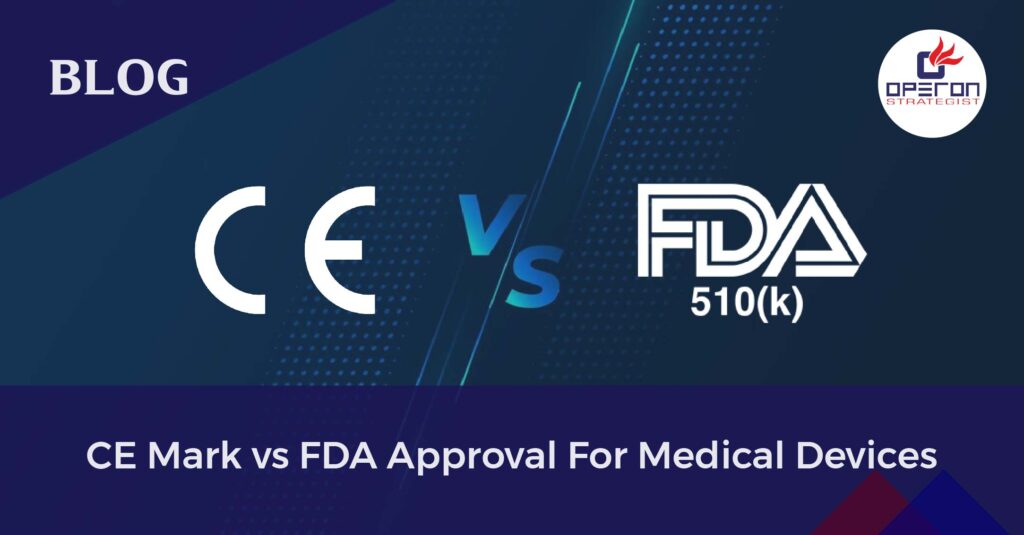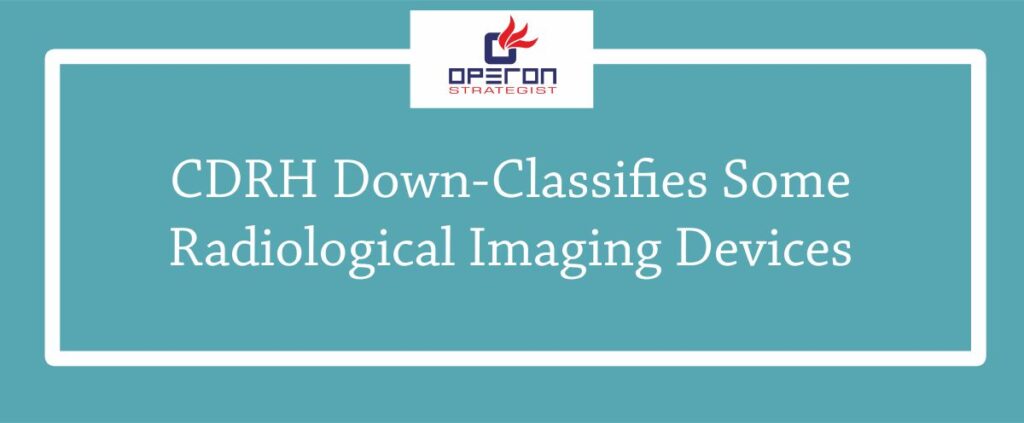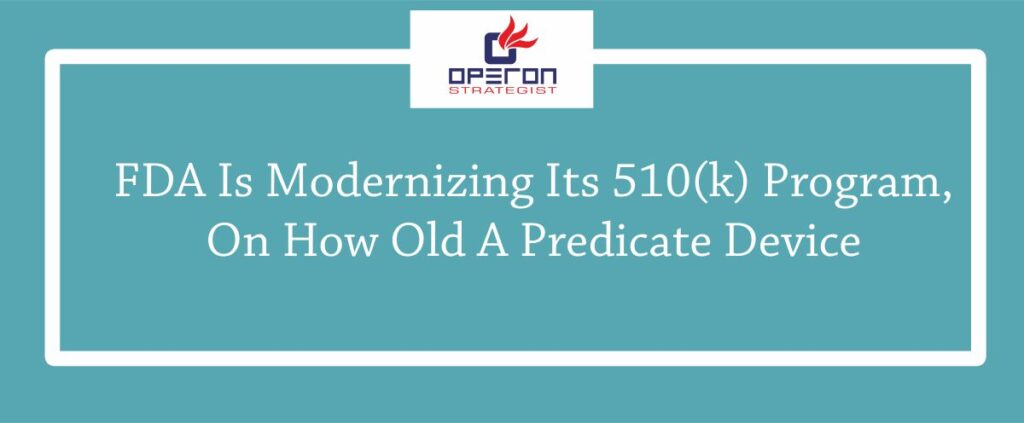CE Mark vs FDA Approval - Let's Understand Which Is Better
In the realm of medical devices, achieving regulatory approval is a pivotal milestone that can open doors to global markets and pave the way for widespread patient access. Two prominent regulatory pathways that often come to the forefront are the CE Mark certification for the European market and FDA approvals in the United States. While both signify adherence to rigorous safety and quality standards, they represent distinct routes with their unique sets of requirements and implications. In this blog, we embark on a comprehensive exploration of CE Mark vs FDA approvals, shedding light on the key differences, advantages, and considerations associated with each, to help manufacturers and stakeholders make informed decisions on their regulatory journey.
Looking for Medical Device Regulatory Approvals?
Let’s have a word about your next project
Which is Easy to Get for a Medical Device?
The specific product and its intended use, as well as other variables, can affect how difficult it is to obtain certification for a medical device. However, getting CE Mark approval is typically regarded as being simpler than getting FDA approval.
The CE Mark certification procedure is frequently quicker, less expensive, and more dependable. The manufacturer oversees making sure that all pertinent EU-wide requirements are met. If a product complies with strict safety, health, and environmental protection standards, it may be given the CE mark.
Contrarily, the FDA 510(k) procedure requires proving a device’s “substantial equivalence” to an already-available device to show that it is safe and effective. This procedure might be more demanding and drawn out.
Which Is More Complex - CE Mark vs FDA Approval?
Both the CE certification and FDA 510(k) process are complex in their own ways, and the complexity can vary depending on the specific product being certified.
For the CE certification, the complexity depends on the type of product and its specific requirements. The manufacturer is responsible for ensuring conformity with all relevant EU-wide requirements, determining whether they can assess their product by themselves or if they must involve a notified body, and putting together a technical dossier documenting conformity. If a notified body is involved, there will be fees for their services.
The FDA 510(k) Approval process involves making a complex application to the FDA, which evidences that a device is safe and effective by showing its ‘substantial equivalence’ to another device already on the market. The average 510(k) is about 35 pages, but it can run to 100 or more pages depending on the complexity of the device.
Time Duration for Approval
The time duration for obtaining a CE Mark and a US FDA 510(k) clearance can vary:
CE Mark: On average, the process takes about four to six weeks. However, it can take longer if the product still needs to be modified or if the technical documentation is not yet complete.
US FDA 510(k) Clearance: On average, the process takes about 177 days (about 6 months). However, it can take longer if there are outstanding review issues. The FDA is aiming to make decisions on 510(k) submissions filed in its 2023 financial year in 128 calendar days, on average.
Please note that these are average durations, and the actual time may vary depending on the complexity of the product and other factors.
Pre-audit Requirements for CE and FDA
For CE Mark Certification:
- Directive Identification: Identify applicable EU directives.
- Risk Assessment: Conduct a comprehensive risk assessment.
- Notified Body Selection: Choose a reputable Notified Body.
- Technical Documentation: Prepare thorough technical documentation.
- Quality Management System: Implement ISO 13485-compliant QMS.
- Labeling Compliance: Ensure proper CE mark labeling.
- Post-Market Surveillance: Develop a monitoring plan for post-market performance.
For FDA 510(k) Clearance:
- Device Classification: Determine your device’s FDA classification.
- Predicate Device: Identify a suitable predicate device.
- Thorough Submission: Compile a comprehensive 510(k) submission.
- Quality System Regulation: Establish an FDA-compliant QSR.
- Application Submission: Submit your 510(k) application to the FDA.
- Timely Responses: Be prepared to respond promptly to FDA requests.
- Post-Market Monitoring: Implement post-market surveillance procedures.
Learn More About How We Can Make the Process Smoother and Easier for You
Renewal of License / Validity
FDA 510(k) Clearance: The FDA 510(k) clearance does not have a specific expiration date. It remains valid as long as the device remains substantially equivalent to the predicate device. Changes may require a new submission, and if the FDA deems a device not substantially equivalent, a new 510(k) with new data may be necessary.
CE Mark Certification: The CE marking certification for medical devices is typically valid for about three years. After this period, the certification must be renewed. It’s recommended to start the registration renewal at least six months before the certification expires.
Navigating the complexities of obtaining CE Mark or FDA 510(k) approval for your medical device can be a daunting task. But you don’t have to do it alone. At Operon Strategist, we’re here to guide you every step of the way. Our team of experts has the knowledge, and we understand the intricacies of these processes, including their relative ease, complexity, cost-effectiveness, and time requirements. No matter how complex the processes may be, you can rely on us to get it done. So why wait? Let’s start the journey towards certification today.

-
Operon Strategisthttps://operonstrategist.com/author/snehal/
-
Operon Strategisthttps://operonstrategist.com/author/snehal/
-
Operon Strategisthttps://operonstrategist.com/author/snehal/
-
Operon Strategisthttps://operonstrategist.com/author/snehal/




